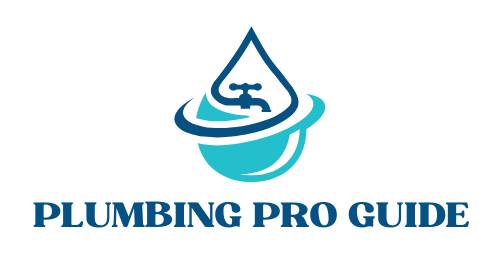Homeowners with older houses often deal with slow drains, foul odors, or constant bathtub clogs without realizing the real problem is hiding inside the plumbing system. The issue is usually drum trap plumbing, a type of plumbing trap once installed in homes built before the 1960s. Drum trap plumbing design served a purpose in early plumbing design days, but they are now outdated, hard to clean, and no longer approved under modern plumbing codes.
Understanding what a drum trap plumbing is and how it works helps homeowners decide whether they should repair, replace, or remove it.
What Is a Drum Trap Plumbing?
A drum trap is a round, sealed drain trap shaped like a small metal or cast-iron canister. Instead of the curved U-shape you see on a modern P-trap, a drum trap holds a larger amount of water inside a chamber to block sewer gas from entering the home. Most old bathtub and bathroom sink drains used this type of trap, particularly in homes built before standardized plumbing codes were established.
Unlike a P-trap that is easy to access, a drum trap is usually buried under a floor or behind a wall, which makes it extremely difficult to clean or service.
How Does a Drum Trap Work?
A drum trap plumbing is a sort of design that works by storing a full “drum” of water between two inlets and one outlet. Wastewater enters the chamber, settles, and flows back out through the drain line. The leftover water acts as a barrier against sewer gas.
The problem is that the internal space also traps hair, soap scum, toothpaste grit, grease, and debris. The design has no smooth bend like a P-trap, so buildup collects until drainage slows or stops completely. That is why drum trap problems usually appear as slow tubs, gurgling drains, or foul smells.
Common Use Of Drum Trap Plumbing In Older Systems
Early plumbing systems did not have the same pipe venting rules used today, and drum trap plumbing systems were believed to offer a better seal against sewer odors. The larger chamber acted like a filter and a water reservoir.
Builders also installed them because bathtubs did not always have proper access panels. A drum trap lets plumbers reach the trap from the top, at least in theory. Over time, most lids corroded shut, making drum trap cleaning almost impossible.
Are Drum Traps Still Allowed by Plumbing Codes?
Drum traps are no longer approved by modern plumbing codes. Both the International Plumbing Code (IPC) and the Uniform Plumbing Code (UPC) classify them as outdated plumbing traps because they:
- Do not allow proper venting
- Lacks an accessible cleanout
- Restrict drainage flow
- They are prone to clogging and odor buildup
- Create sanitation and maintenance issues
Most cities require replacement if a homeowner remodels, replaces a drain, or pulls a plumbing permit. The drum trap plumbing code rule is clear: P-traps are the only code-approved traps in modern residential plumbing.
The 2021 International Plumbing Code (IPC) prohibited the use of drum trap plumbing with a few exceptions. You can read about the prohibited drum trap plumbing code on their site.
Signs You Have a Drum Trap Plumbing in Your Home
If you are facing a constant plumbing issue in your home and suspect that it could be due to drum trap plumbing, here are a few signs you should look out for.
Warning Sign Checklist
|
|
|
Bathroom or tub drain clogs repeatedly |
Waste buildup inside the trap chamber |
|
Water drains slowly from the tub |
The trap is restricting flow, not venting properly |
|
Drain makes gurgling or bubbling sounds |
Air is struggling to pass through the trap |
|
Sewer or sulfur odor near the tub |
The water seal may be failing inside the trap |
|
The home was built before 1960 |
Drum traps were standard before code updates |
|
No visible P-trap under sink or tub |
The trap is likely buried in the floor or behind a wall |
How to Replace or Remove a Drum Trap Safely
Replacing a drum trap plumbing with P-traps is not the same as snaking a drain. The process typically involves:
- Locating the trap under the floor or behind a wall
- Cutting out old cast-iron or galvanized pipe
- Installing a PVC or ABS P-trap with a proper vent connection
- Adding access for future maintenance
- Bringing the drain line up to the current plumbing code
Replacing a drum trap plumbing design often requires pipe cutting, patching the flooring, and updating the venting, so it is rarely a DIY job. Homeowners attempting to replace a drum trap on their own usually discover they need additional fittings, code-required venting, and a permit.
Read our guide on flexible plumbing pipes before starting drum trap plumbing.
Modern Alternatives to Drum Traps
The only approved replacement for a drum trap plumbing system is a P-trap. P-traps are the standard because they:
- Maintain proper trap seal and drainage flow
- Allow easy cleaning and snaking
- Meet all modern plumbing code requirements
- Prevent sewer gas without storing debris
- Fit inside cabinet bases or access panels
Updating the trap also improves resale value and eliminates future clogging issues. Most plumbers recommend replacement instead of repair because the long-term cost is lower than repeated service calls.
Average drum trap replacement cost:
- $350–$600 if easily accessible
- $700–$1,200+ if behind flooring, tile, or concrete
Should You Keep or Replace Your Drum Trap?
A house that has a drum trap plumbing system will continue experiencing slow drainage, clogs, and bad odors because the design is not compatible with today’s plumbing standards. Cleaning is only a temporary fix. Full replacement with a P-trap is the long-term solution and often required by code if you remodel or sell the home.
Homeowners who want trouble-free drains, fewer plumbing emergencies, and a code-approved system should completely get rid of the drum trap plumbing instead of maintaining it.
For more plumbing queries and home fixes, visit our site.
FAQ: Drum Trap Plumbing
1. What is a drum trap in plumbing?
A drum trap plumbing is a round, sealed trap that was commonly installed in older homes, especially under bathtubs and bathroom sinks. Instead of the curved P-trap used today, it uses a canister-style chamber to hold water and block sewer gas. Most drum traps are made of cast iron, brass, or galvanized steel and are often buried under flooring or inside walls.
2. What is the purpose of a drum trap?
The purpose of a drum trap was to prevent sewer gas from entering the home by storing a larger volume of water than a traditional trap. Builders believed the extra water helped maintain a better seal and reduce odor, especially in systems without proper venting. The problem is that the design also traps debris, making clogs inevitable.
3. Are drum traps still used in modern plumbing systems?
No. Drum traps are no longer used or installed in modern plumbing systems because they do not meet current code requirements. New construction and remodels must use P-traps, which provide proper venting, clear drainage flow, and easy cleaning access.
4. Why are drum traps not allowed by code anymore?
Drum trap plumbing is banned because it:
- Do not allow proper pipe venting
- Create sanitation and clogging issues
- Do not have an accessible cleanout
- Accumulate debris and slow drainage
- Can leak sewer gas when the water seal evaporates
Both the IPC and UPC classify drum traps as outdated plumbing traps that must be replaced when the system is upgraded.
5. How do I know if I have a drum trap plumbing system?
You may have a drum trap if:
1. Your home was built before the 1960s
2. Your bathtub or bathroom sink constantly clogs
3. You smell a sewer odor near the tub drain
4. There is no visible P-trap under the sink or tub
5. The drain has a round metal or brass cleanout cap nearby
A licensed plumber can confirm it using a camera inspection or by opening an access panel.
6. Can I replace a drum trap with a P-trap?
Replacement is not only possible, it’s the recommended and code-approved upgrade. The plumber will remove the old drum trap, re-pipe the line, and install a vented P-trap that meets modern code. Many replacements require cutting flooring, tile, or ceiling drywall to access the trap.
7. Do drum trap plumbing cause clogs or slow drainage?
The design of the drum trap causes hair, soap scum, grease, and debris to settle inside the chamber instead of flushing through the pipe. This is why slow drains, gurgling sounds, or foul odors are the most common drum trap problems homeowners experience.
8. How much does it cost to replace a drum trap?
Average replacement cost ranges from $350–$600 if the trap is easy to reach, and $700–$1,200+ if flooring, tile, or concrete must be opened. The cost depends on access, pipe material, venting, and whether a permit is required. Full drain line upgrades or remodeling can raise the cost further.
9. Who should I call to remove a drum trap? A plumber or drain specialist?
A licensed plumber is the correct choice. A drain cleaning company can unclog a drum trap, but cannot legally remove or replace it if it requires pipe alteration, cutting, or code-approved re-piping. Removal of Drum trap plumbing is an installation job, not just a drain cleaning service.
10. Is it safe to clean a drum trap by yourself?
You can try, but it’s usually not practical. Most drum traps are sealed shut, corroded, or located behind flooring. Opening the top cap can break the fitting or damage old metal threads. If you can’t easily access it, professional cleaning is safer and usually cheaper than repairing a self-caused leak.


 Sign of a Drum Trap
Sign of a Drum Trap What It Usually Means
What It Usually Means